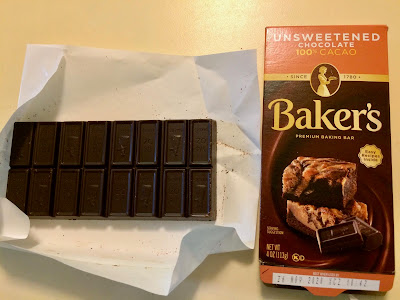Every trip to the grocery store dismays me. Single-use plastic is everywhere, in every aisle. We carry all that plastic home and try to recycle it or just throw it in the trash.
Do we really need this wasteful junk? Landfills are full of it, creating great hills that alter the landscape. Much of it isn’t even put into a trash receptacle so it litters beaches in every remote part of the oceans. Bits and pieces of it mar the landscape. It collects on fences and litters even the gravel road that leads me home. Sea creatures ingest it or become entangled in it and die. Whales that wash up dead on beaches are always found with stomachs full of plastic – 15 pounds of it, 80 pounds of it, 22 kilograms of it, on and on.
No wonder a grocery aisle appalls me! That’s why I’m going to war on single-use plastic.
The first plastic I’m attacking is laundry detergent, both liquid and pod, packaged in big plastic jugs.
Is it really easier to lift that heavy jug and pour some liquid into the lid before emptying the lid’s contents into the washing machine? Or is it easier to scoop granular detergent and dump it into the machine? Does the liquid really distribute more easily in water, thus avoiding clumps of un-dissolved powder when the washer finishes its cycle? In my sixty-some years of doing laundry I’ve never had that happen, and I’ve managed to use powdered detergent packaged in cardboard boxes the whole time.
Although I thought the plastic measuring cup in every box of it was a terrible waste, for several years I used Arm and Hammer, which I could find at only the Kroger stores in my town. Then, shockingly, even Arm & Hammer quit making powdered detergent. Now there is none.
The amount of plastic contained in these jugs is staggering. These jugs aren’t sold in just one store in my town. Every one of a dozen grocery stores has an aisle just like this one. Everybody in town is buying these jugs, not just once, but again and again. Multiply that by every city in the United States and you will have enough detergent jugs to build a jug Pike’s Peak.
There’s no good reason for consumers to accept detergent in plastic jugs. We should demand powdered detergent packaged in cardboard boxes. We should hold the manufacturers responsible their role in plastic devastation. Let’s see if the consumer is always right.
Copyright 2019 by Shirley Domer

